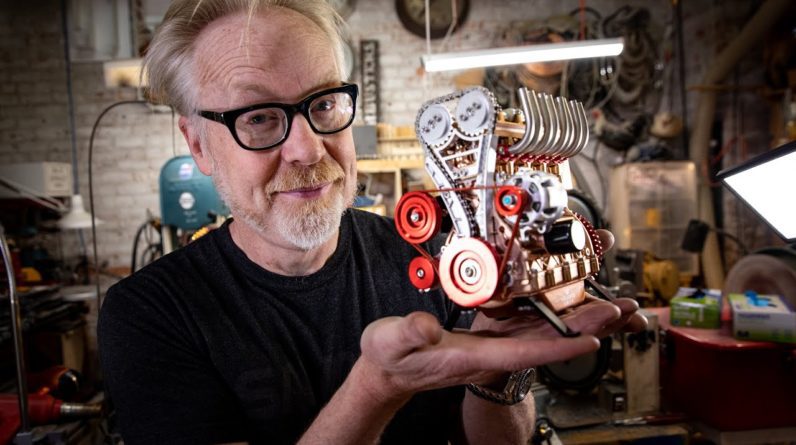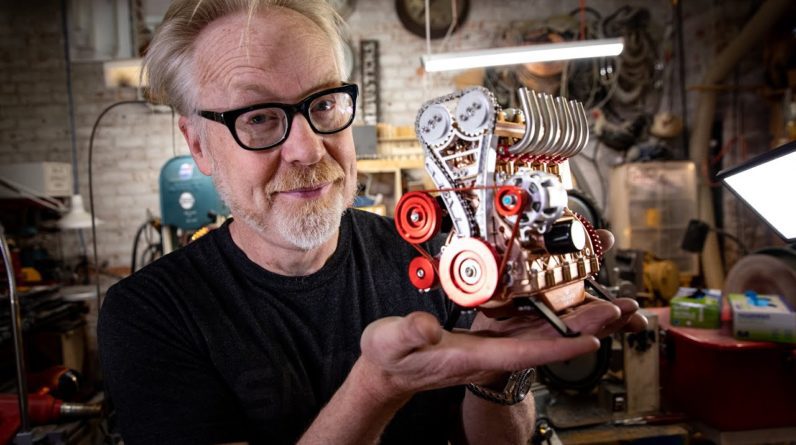Greetings fellow modellers. In the Salt weathering technique tutorial we will go through the process of fading and weathering the camouflage of your scale model using salt as a masking media. Many modelers use this technique for chipping effect but we will take a look at the chipping at another video. We will start with applying an overall flat cote over the model. I suggest to have the decals already placed so they can also be weathered. The flat cote will help keeping the water on the entire surface instead of it beading on several spots.
I apply the water using a brush but it is also possible to spray it through your airbrush. For the fading effect I will sprinkle salt over the areas that are most exposed to sunlight. For instance the upper wing and horizontal stabilizer surfaces, the upper fuselage and the spine. In cases where we have carrier born aircraft it is a good idea to fade the paint on the lower wing surface where it is exposed to sunlight when the wings are folded.
Sprinkle the salt in random fashion, being somewhat careful not to have too big clusters. If there is a dry spot you can add water using a brush but once again be careful about the clustering that might appear. When you are ready with the salt let the model dry for a few hours. I do not recommend using a hair-dryer. For the fading paint I use a couple of milliliters of thinner and just a drop of white paint. This layer should be very, very subtle and it is very easy to go overboard. Using low air pressure cover the surfaces where you have applied the salt. Do several thin layers, this is much better than to flood everything. Check how much your color is faded and decide whether or not you want another layer. Let the paint cure for a couple of hours and then remove the salt. For the task I used hard bristle painting brush. When you remove the salt crystals you will still have some salt spots. To remove them use damp microfiber towel. This fading layer is nothing dramatic, as you can see on the pictures, but it plays a significant role in the overall weathering effects ensemble.
The next layer is the dirt and grime one. The salt should be applied where there is maintenance traffic and areas where dirt accumulates during normal operational conditions. I want more surface protected so I apply the salt more liberally. Don’t forget to apply this layer to the undercarriage, or otherwise it will be too different from the rest of the air-frame. The paint mixture for the dark layer is just the same as before, only with black instead of white paint. Here you can build a few more layers on some spots where is supposed to be dirtier. Let the paint dry for a few minutes and see if you are happy with the layer opacity, it will be more visible but shouldn’t be striking.
Again let the paint set and remove the salt. For optimal results the two layers of the salt weathering technique should blend with the rest of your weathering. Watch until the end of the video to see the results I’ve got on this model. results I’ve got on this model. I hope you have enjoyed the video, and learned something useful. Let me know what you think in the comments below. If you want to be notified when I upload something new, click on the bell button. Thanks for watching and for those who are not yet subscribers, don’t forget to hit the subscribe button..






